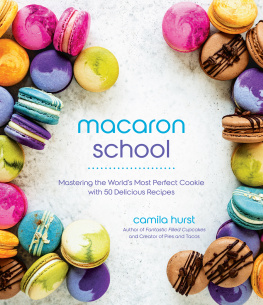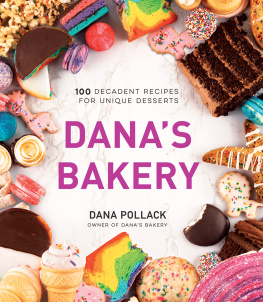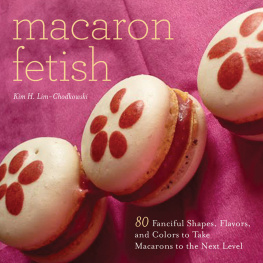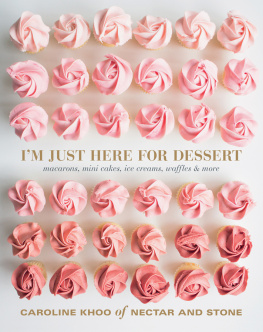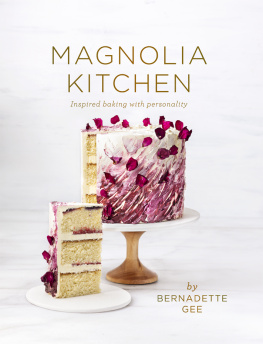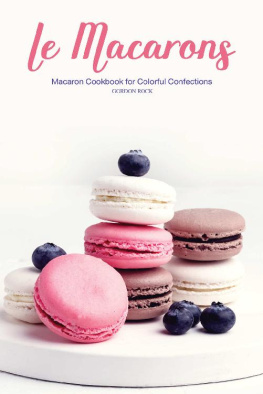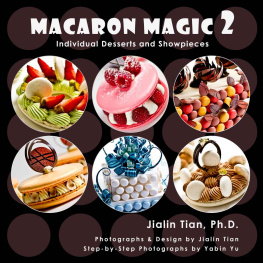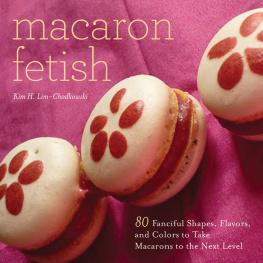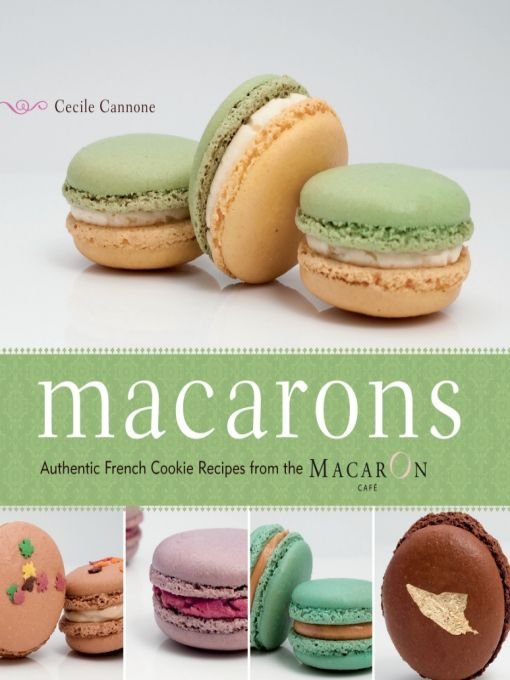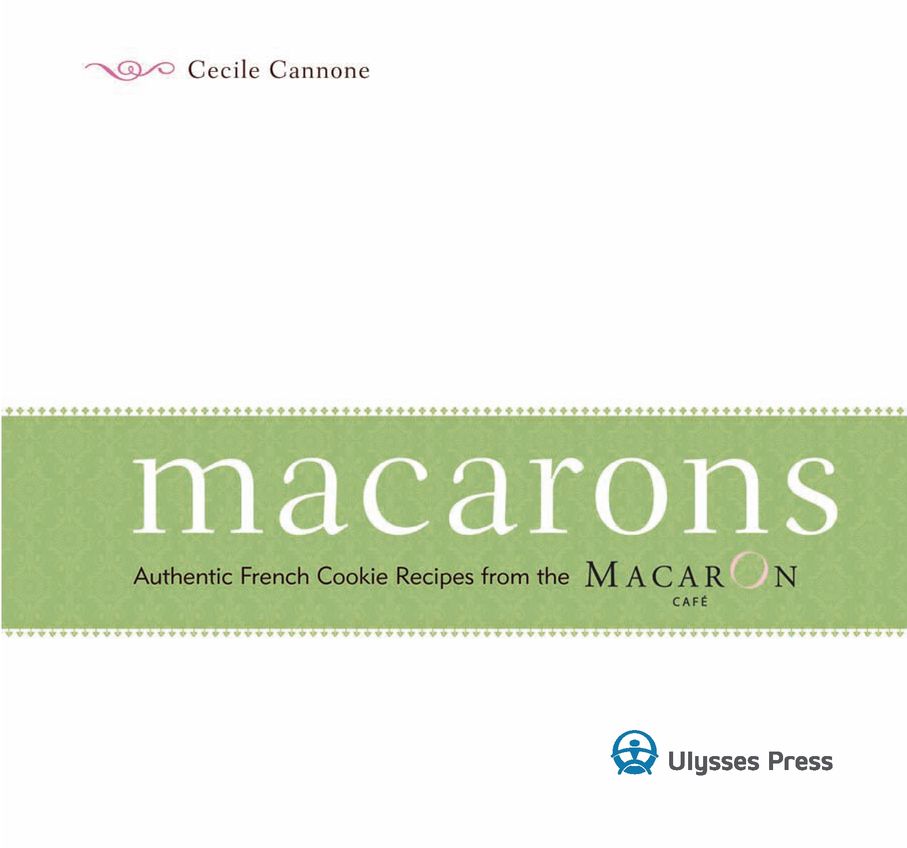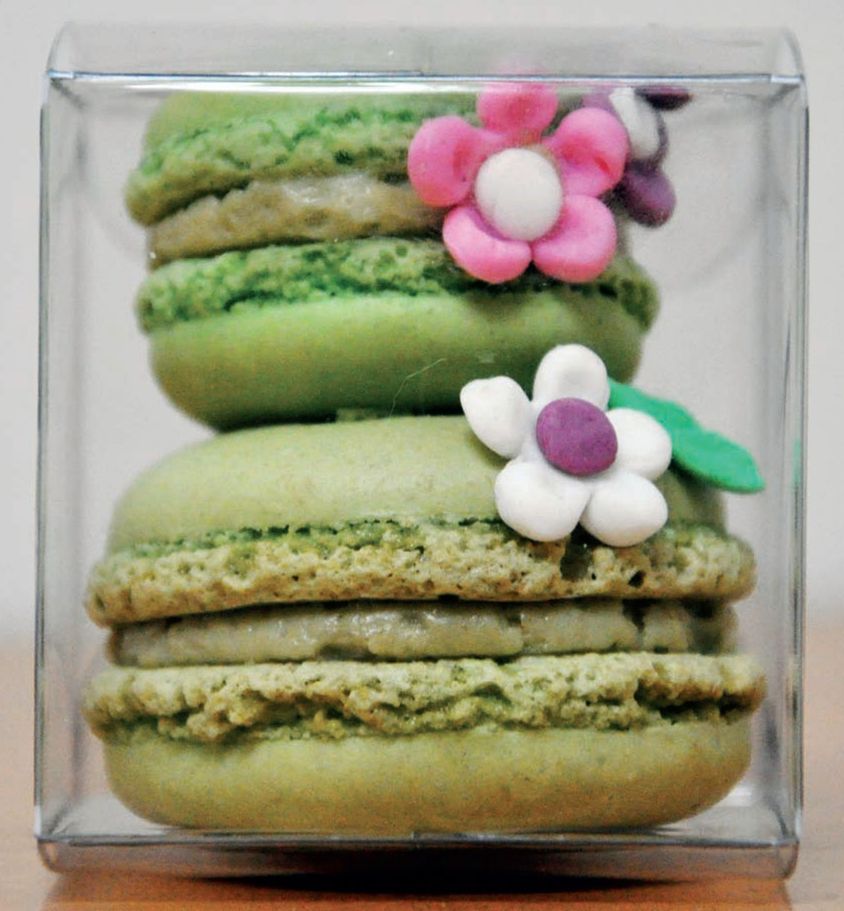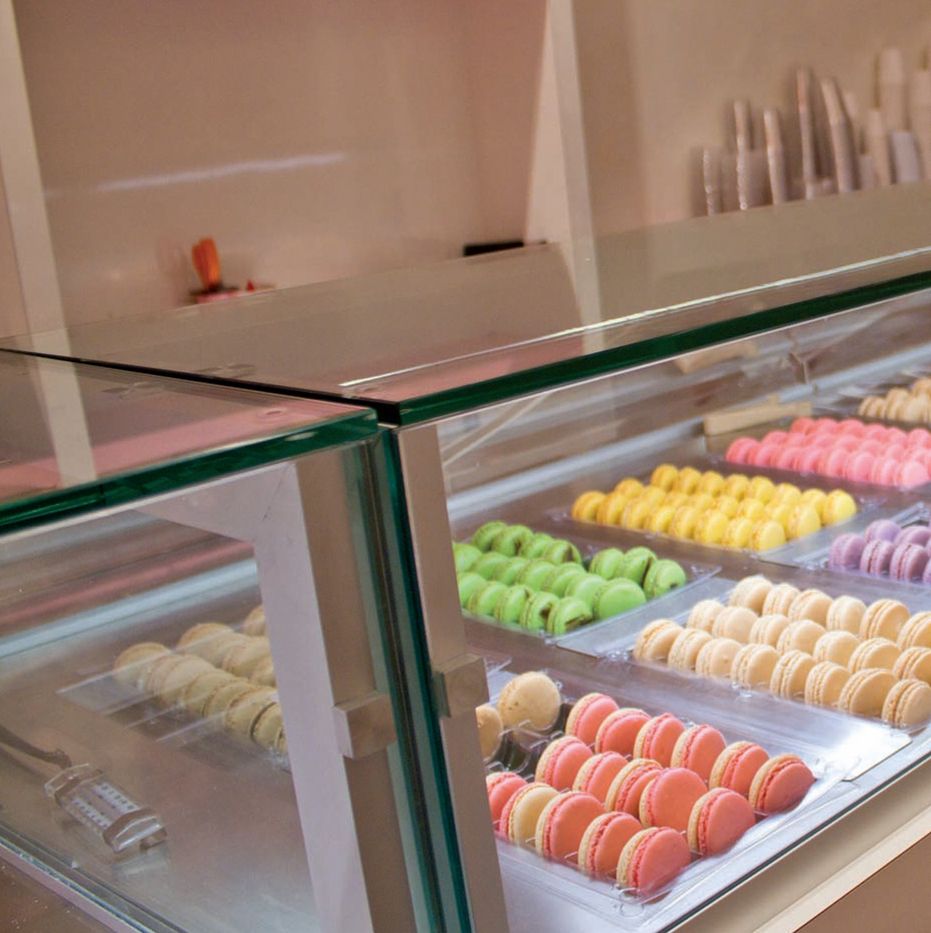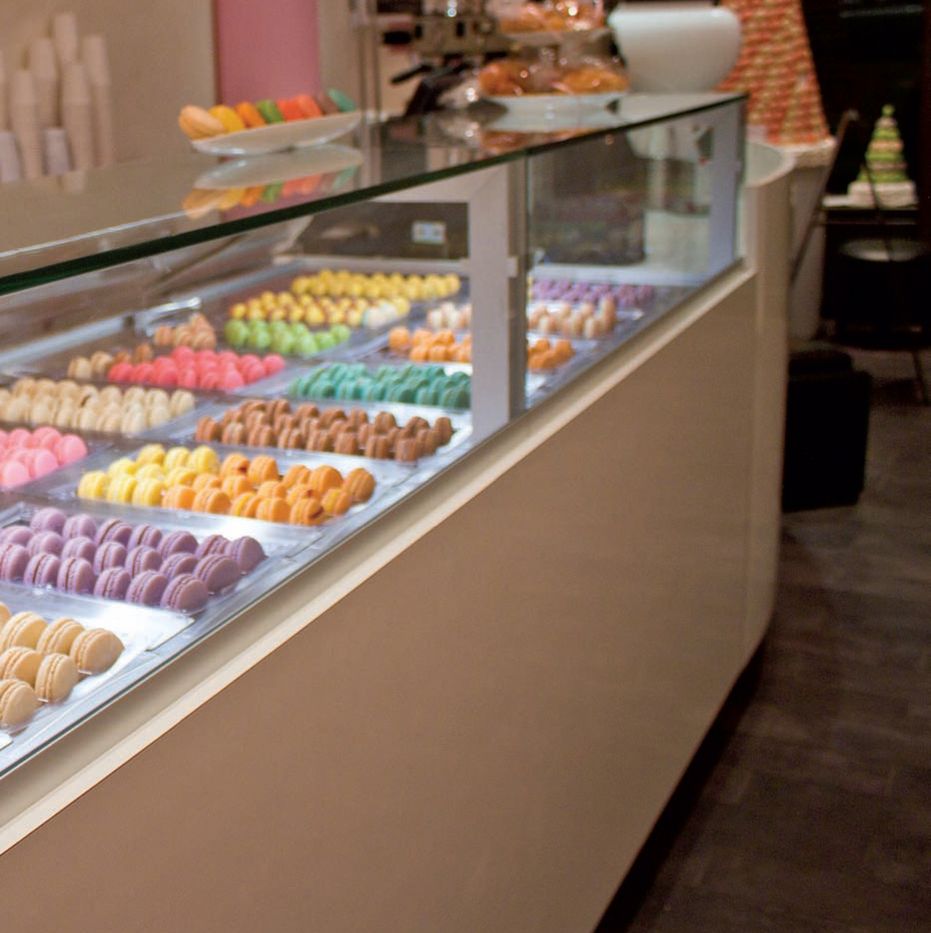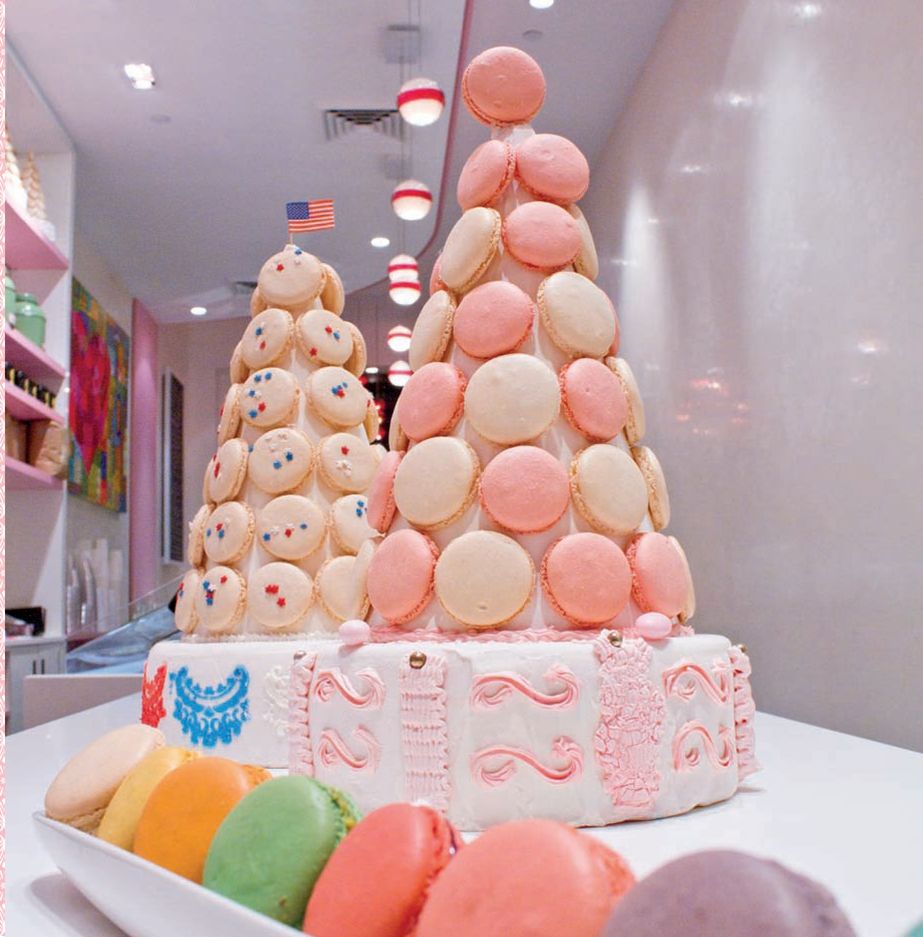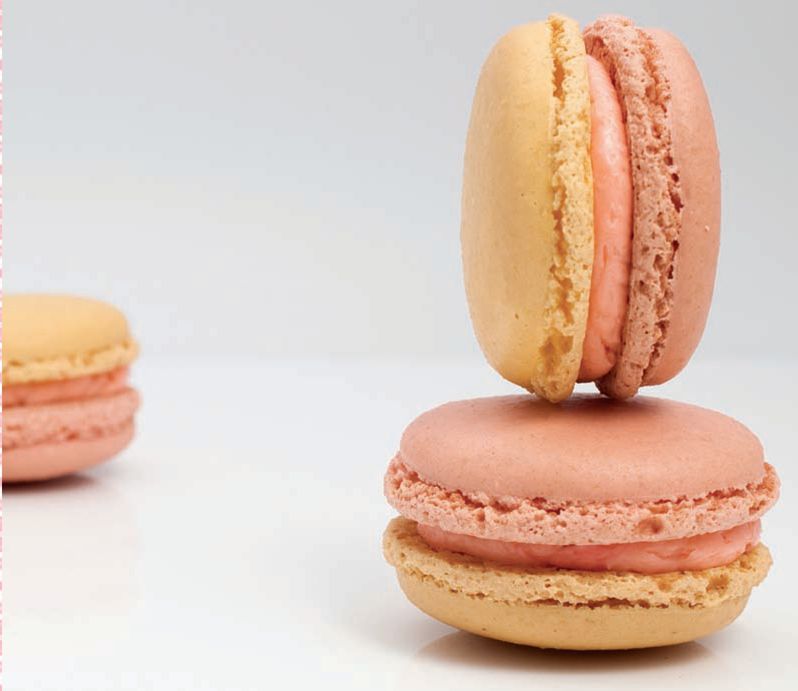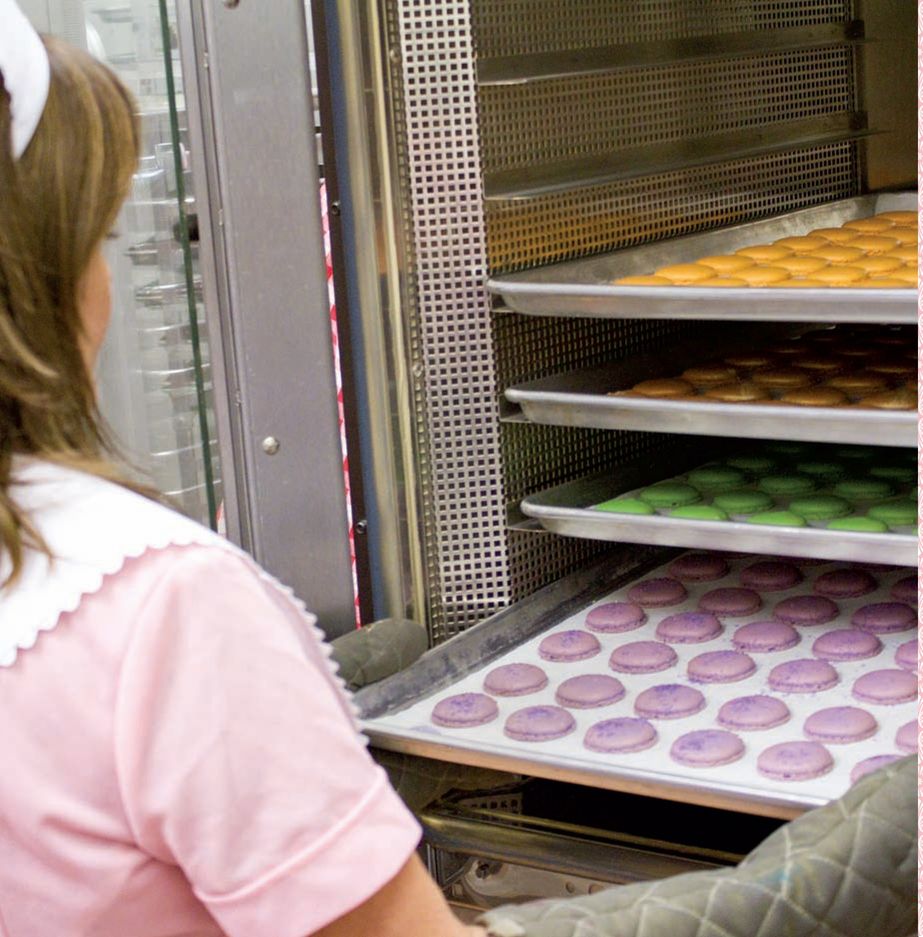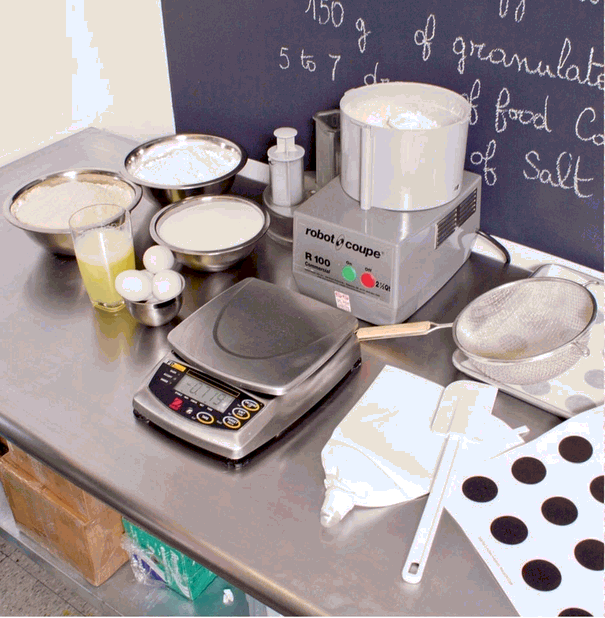Table of Contents
To my mom and sisters, with whom I always had fun in the kitchen
INTRODUCTION
Back in 1995, on a sunny afternoon in Central Park, my husband, Arnaud, and I were trying to figure out how to make our dream come true: We wanted to live in this amazing melting pot of Manhattan.
At that time our home was in Paris, where I had grown up. But in 2007, we returned to America from France with this oh-so-subtly-delicious recipe for a little almond delight called the macaron. We established our first MacarOn Caf in New Yorks Fashion District, and French macaronssometimes spelled macaroons (but pronounced ma-ka-RHON), not to be confused with the coconut cookies of the same namequickly became the hot new treat in the neighborhood. We will never forget the fantastic welcome we receivedthe warmth and enthusiasm of the New Yorkers who flocked to our shop. Thanks to them, we even went beyond our original dream and opened a second location on Madison Avenue in the summer of 2010.
But the macaron phenomenon has exploded in popularity far beyond New York City.
Widely heralded as the new cupcake, the macaron has been featured in media all over the country, and the craze shows no sign of slowing down. And with the increasing market of consumers looking for gluten-free foods, macarons have become the trendy choice. They are made with almond flour, not wheat flour; sugar and egg whites are the other main ingredients.
Macarons come in innumerable flavors and hues but are brilliant in their simplicity: two delicate, crispy, soft shells, ready to be filled with jam, chocolate ganache, or buttercream. It is thought that they originated in Italy and were brought to France by Catherine de Medici in the sixteenth century. Their almond flavor and dome shape seduced the French court, and since then macarons have been served at the finest tables all over the world. Now it is your turn to make them and serve them at your own table!
With a little practice, and the guidance provided in the following pages, anyone can create these little delicacies at home. Offer them to your family, give them as gifts, or impress the guests at your next party. I will show you how you can personalize your macarons with sugar flowers or other decorations, and even how you can make macaron lollipopsperfect for childrens birthday parties or baby showers. A tower of macarons makes a dazzling centerpiece for your table, and has even been used as an alternative to a wedding cake. So use your imagination, and have fun.
A bientot!
Cecile Cannone
Owner and chef, MacarOn Caf
INGREDIENTS
Macaron shells call for only a short list of ingredients. For filling ingredients, see the recipes beginning on page 49.
Almond flour or almond meal
Check the date of packagingyou want the freshest almond flour possible. Store it in an airtight container in the bottom of your refrigerator. A day or two before baking, scoop up a handful of the almond flour and squeeze it between your fingers; if it sticks together, it will need to be dried out a bit. Spread it on a rimmed baking sheet and dry it in a 120F oven for 10 minutes. If your oven temperature does not go that low, just use the lowest temperature available. Remove and let cool in a dry place. You can also grind your own almond flour using high-quality almonds.
Egg whites
Only the whites of the eggs are used for the macaron shells. Reserve the yolks for another recipe, such as Crme Brle (page 119). Separate whites from yolks 2 or 3 days before baking; store loosely covered in the refrigerator. Two hours before you start making your macarons, take the egg whites out of the refrigerator, uncover them, and let them come to room temperature.
Powdered egg whites
If you bake during especially humid weather, adding a small amount of powdered egg whites will help stabilize your macaron batter. You can buy powdered egg whites in many supermarkets, in specialty baking stores, or online.
Powdered sugar
Also called confectioners or icing sugar, this has cornstarch added (usually about 3%) to prevent clumping; if you have a choice, the powdered sugar with the lowest percentage of cornstarch is best.
Granulated sugar
Choose superfine sugar (sometimes called ultrafine or bakers sugar) for your macaron shellsits easily incorporated, producing a smooth batter and light texture.
Food coloring
You can color your macaron shells however you wantwithout coloring, theyll be pale brown. Gel paste food coloring is recommended over the liquid kind, since any excess moisture can cause the shells to crack.
EQUIPMENT
A convection oven (with a fan) is ideal for baking macaronsthe heat circulates evenly throughout the oven, producing wonderful macarons with high feet. A conventional electric oven can also be used; a gas oven is less successful for macarons. Every oven bakes differently, so be sure to use the correct temperature for the type of oven you have. The first time you bake macarons, carefully follow the timing and temperatures indicated in the recipe. Watch your macarons closely and adjust the baking time or temperature as necessary. For example, if your first batch starts to brown, bake the next tray for 1 minute less.
Youll need a precise scale, or dry measuring cupsquantities in this book are given in both volume (cups) and weight (ounces and grams); measuring your dry ingredients by weight will give you the most precise results.


